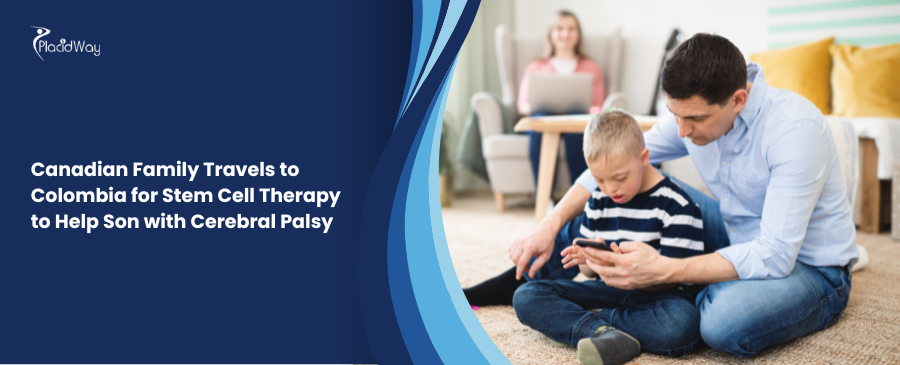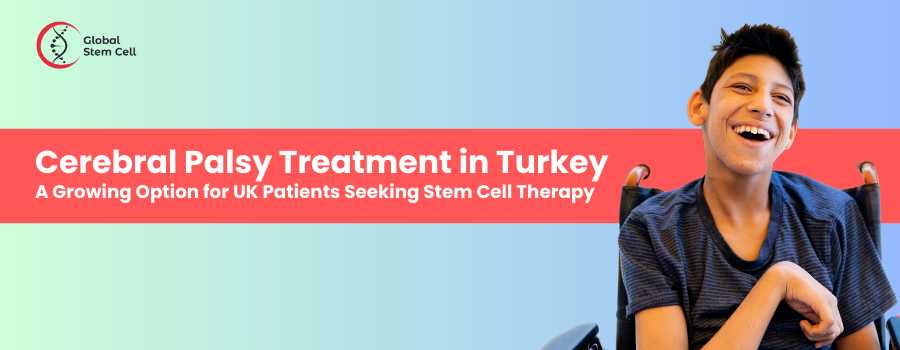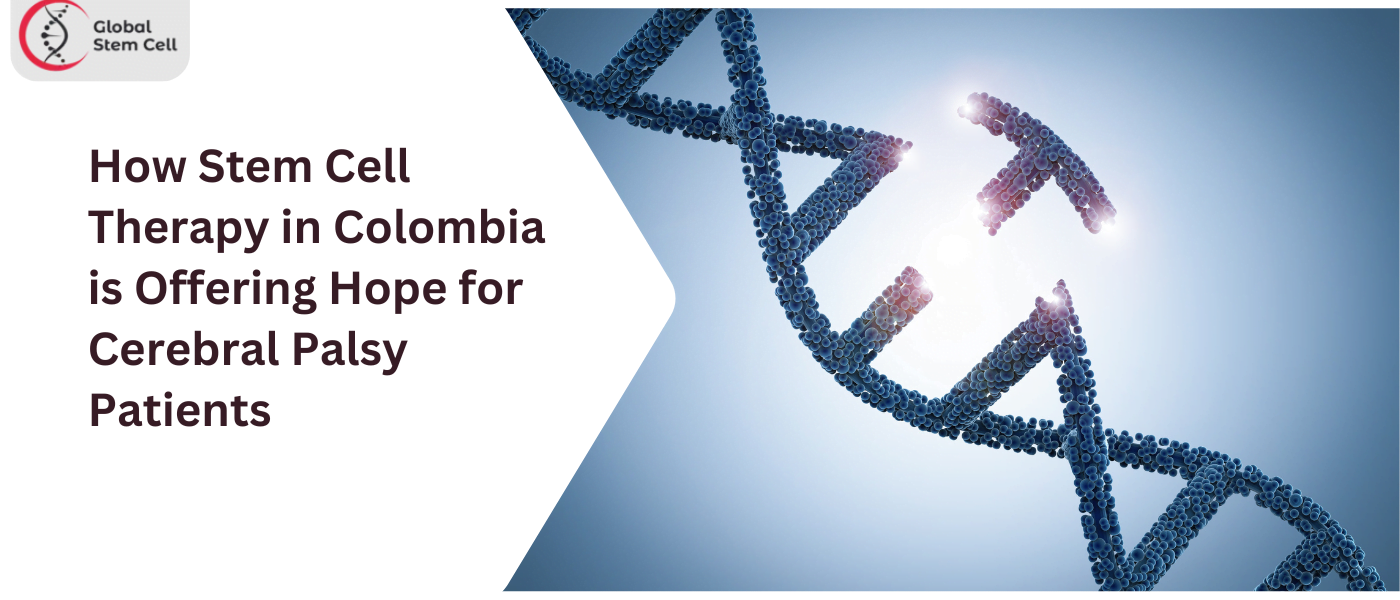Cerebral palsy (CP) is a neurological disorder that affects movement, muscle tone, and coordination. It is caused by brain damage or abnormal brain development that occurs before, during, or shortly after birth. CP can vary in severity and may affect one or more limbs or the entire body. Early identification and intervention are crucial in managing the condition and minimizing its impact on the affected individual’s life. In this blog post, we will discuss the early signs of cerebral palsy and their implications for diagnosis and treatment.
Delayed Motor Development
Delayed motor development is one of the most common early signs of cerebral palsy. Infants with CP may take longer to reach developmental milestones, such as rolling over, sitting up, crawling, or walking. They may also have difficulty with activities that require coordination, such as holding a toy or reaching for objects. Infants with CP may also have muscle stiffness or rigidity, which can interfere with their ability to move or maintain a posture.
Abnormal Muscle Tone
Abnormal muscle tone is another early sign of cerebral palsy. Infants with CP may have muscle stiffness or spasticity, which causes their limbs to be rigid or tight. Alternatively, they may have low muscle tone or hypotonia, which causes their limbs to be floppy or weak. Infants with CP may also exhibit dystonia, which causes involuntary muscle contractions that result in twisting or repetitive movements.
Poor Coordination and Balance
Poor coordination and balance are early signs of cerebral palsy. Infants with CP may have difficulty with balance and coordination, making it challenging to sit or stand without support. They may also have trouble controlling their movements, making it difficult to reach for objects or move around. Infants with CP may also have difficulty with fine motor skills, such as grasping or holding objects.
Delayed Speech Development
Delayed speech development is another early sign of cerebral palsy. Infants with CP may have difficulty with oral motor skills, such as sucking or swallowing, which can interfere with their ability to feed. They may also have difficulty with speech development, such as babbling or saying words. Infants with CP may also have difficulty with language comprehension or understanding what others are saying to them.
Vision and Hearing Impairments
Vision and hearing impairments are early signs of cerebral palsy. Infants with CP may have difficulty with visual or auditory processing, making it challenging to see or hear stimuli. They may also have difficulty with eye movements or visual tracking, making it challenging to follow objects or people. Infants with CP may also have difficulty with visual-spatial processing, making it challenging to understand spatial relationships or objects in their environment.
Seizures
Seizures are another early sign of cerebral palsy. Infants with CP may have seizures, which are abnormal electrical discharges in the brain that can cause convulsions or loss of consciousness. Seizures can have significant implications for diagnosis and treatment, as they may require medication or other interventions to manage.
Feeding and Digestive Issues
Feeding and digestive issues are early signs of cerebral palsy. Infants with CP may have difficulty with sucking or swallowing, making it challenging to feed. They may also have gastroesophageal reflux disease (GERD), which causes stomach acid to flow back into the esophagus, causing pain or discomfort. Infants with CP may also have constipation or other digestive issues, which can cause discomfort or pain.
Implications for Diagnosis and Treatment
Early identification and intervention are crucial in managing cerebral palsy. If you notice any of these early signs in your infant, it is essential to consult with a healthcare provider as soon as possible. A healthcare provider can conduct a comprehensive evaluation, including physical and neurological examinations, developmental assessments, and imaging tests, to diagnose cerebral palsy accurately.
Once a diagnosis is made, treatment can begin. Treatment for cerebral palsy typically involves a multidisciplinary approach that may include physical therapy, occupational therapy, speech therapy, and medications. In some cases, surgery or assistive devices, such as braces or wheelchairs, may be necessary.
Early intervention can significantly improve outcomes for infants with cerebral palsy. Early identification and treatment can help prevent or minimize secondary complications, such as contractures, scoliosis, or joint deformities, and promote better physical, cognitive, and social development.
If you suspect that your child may have cerebral palsy or if you have any concerns about your child’s development, it is crucial to consult with a healthcare provider as soon as possible. Early intervention can make a significant difference in managing the condition and promoting better outcomes for your child. Don’t hesitate to schedule an appointment with our healthcare providers and discuss any concerns you may have.







